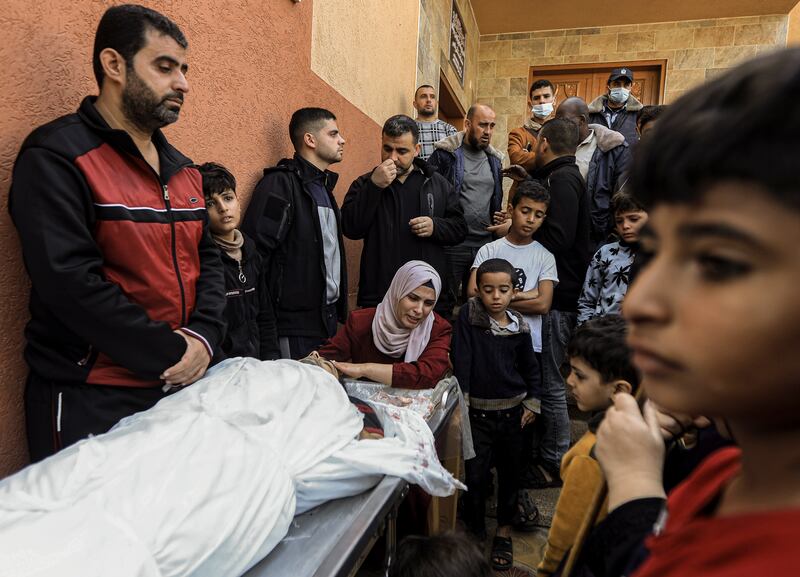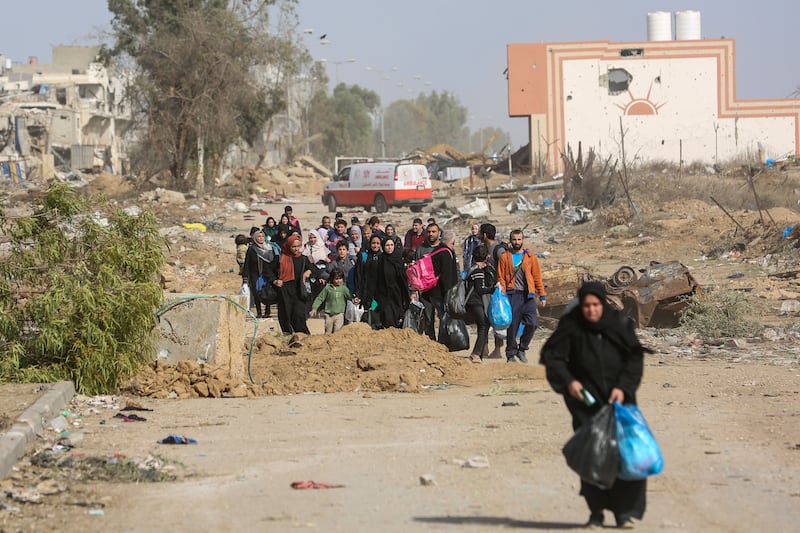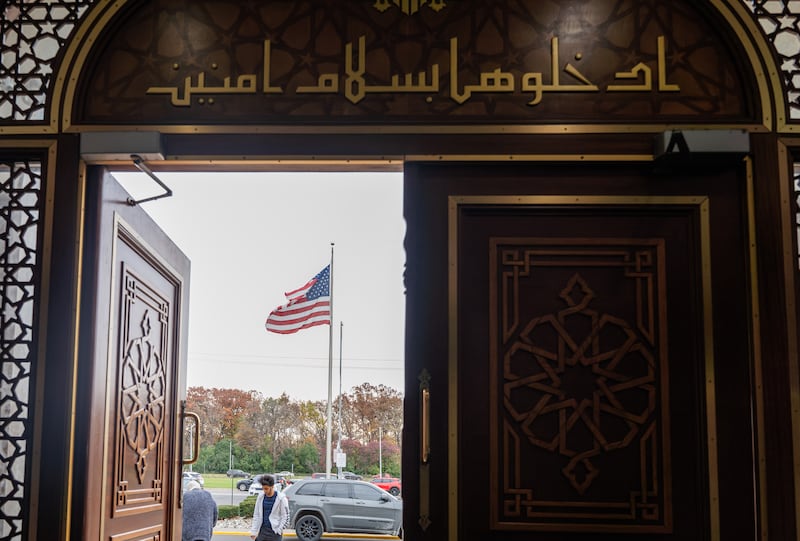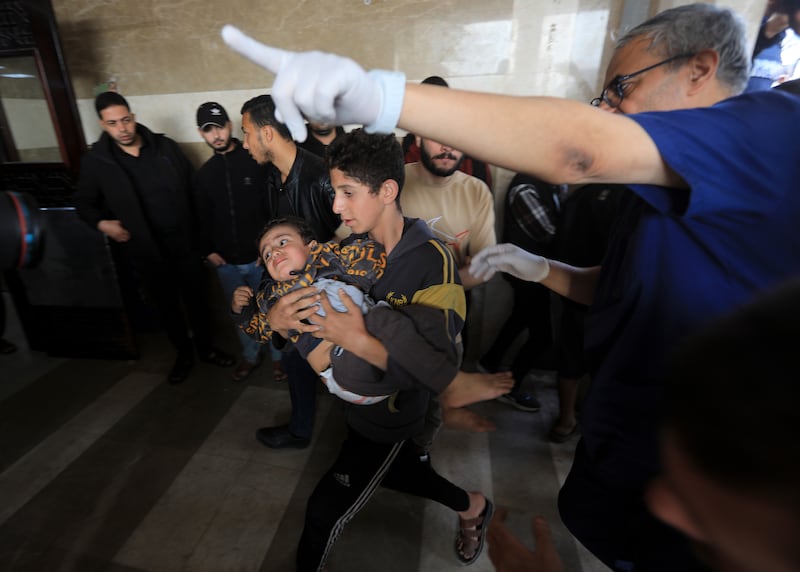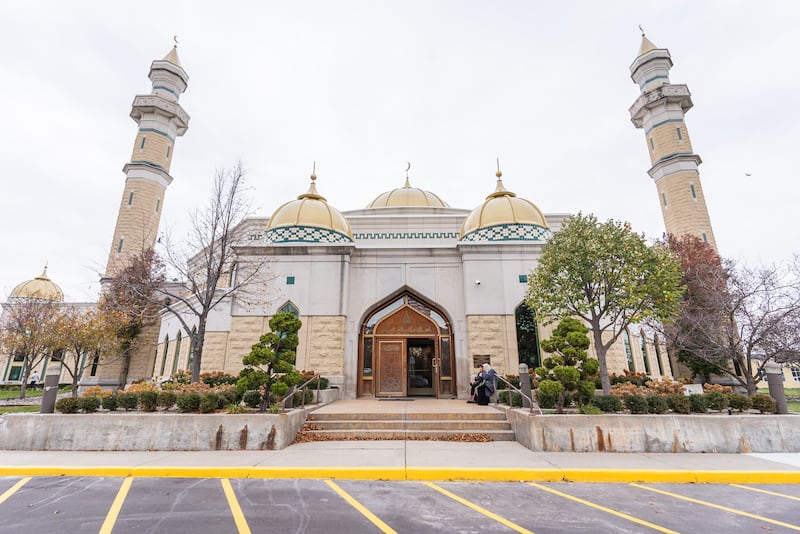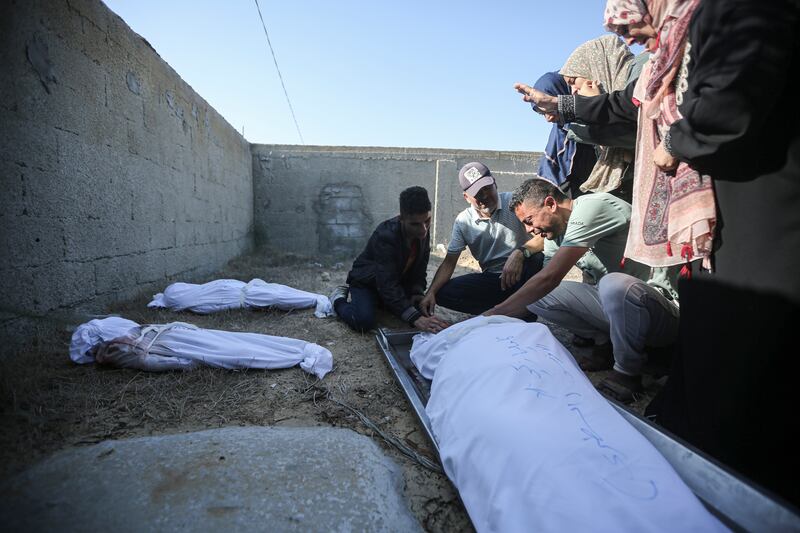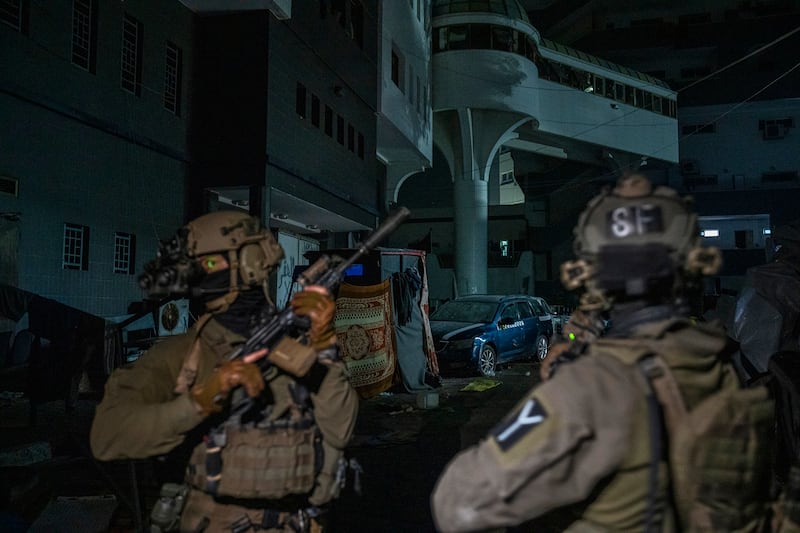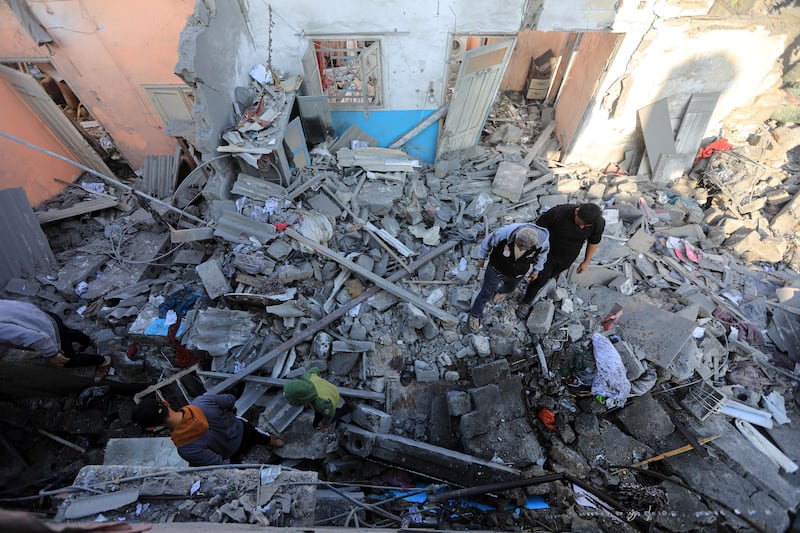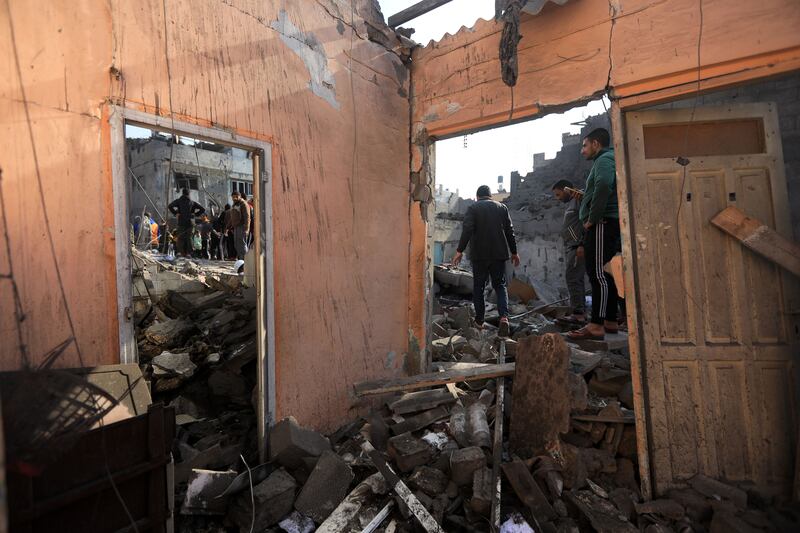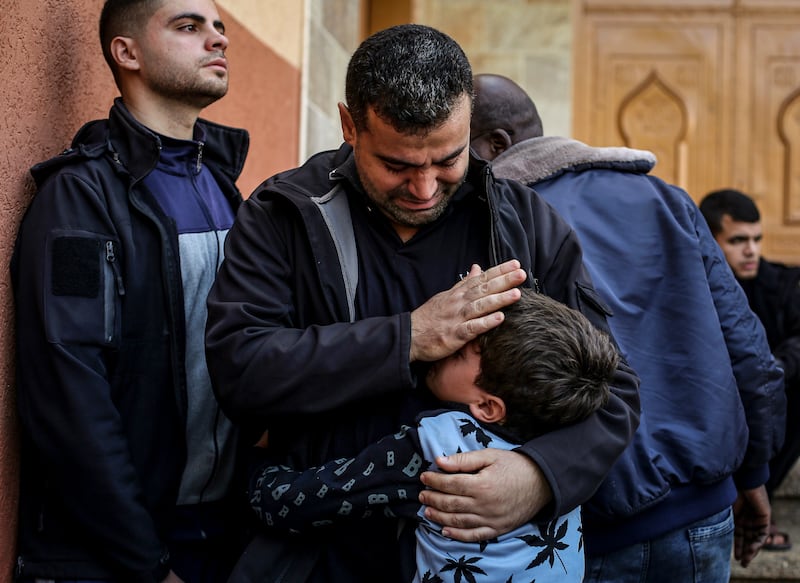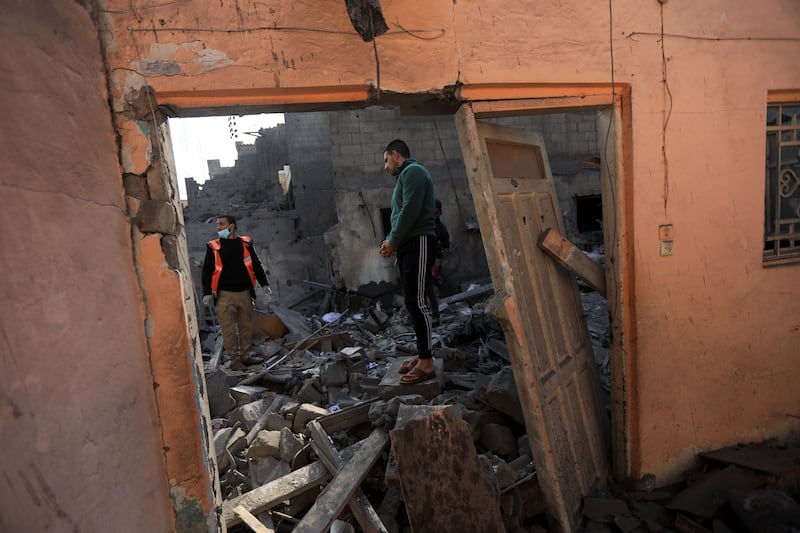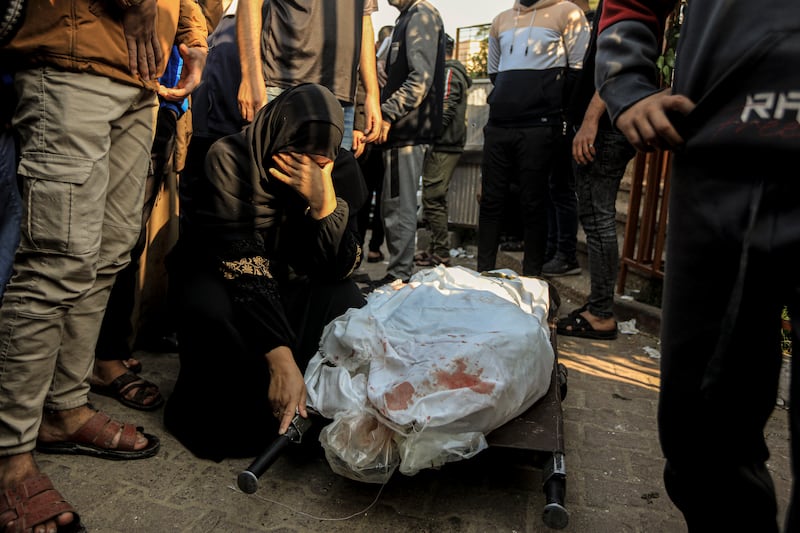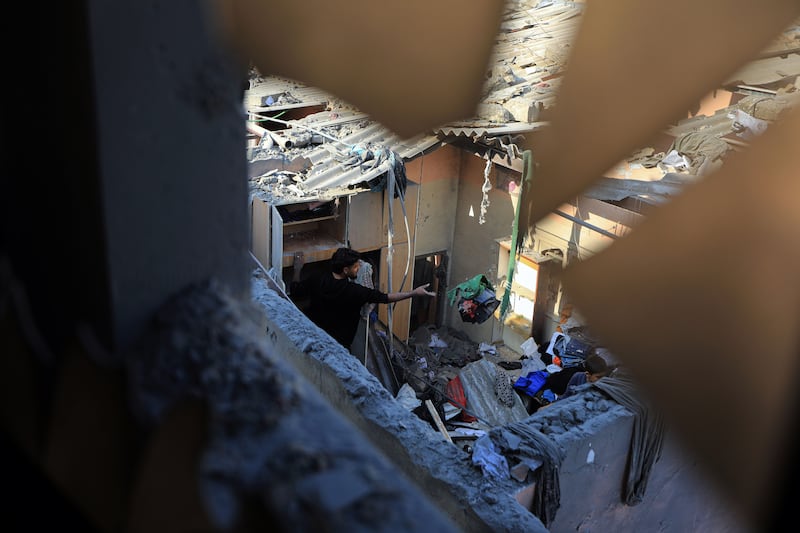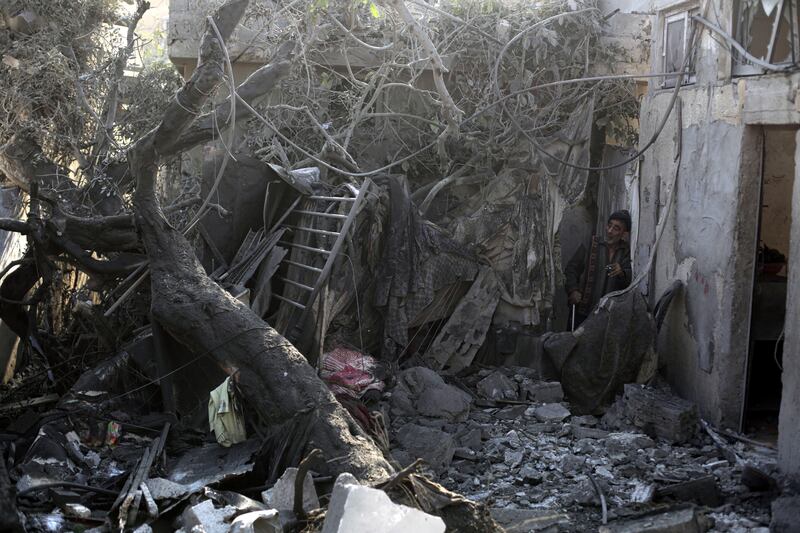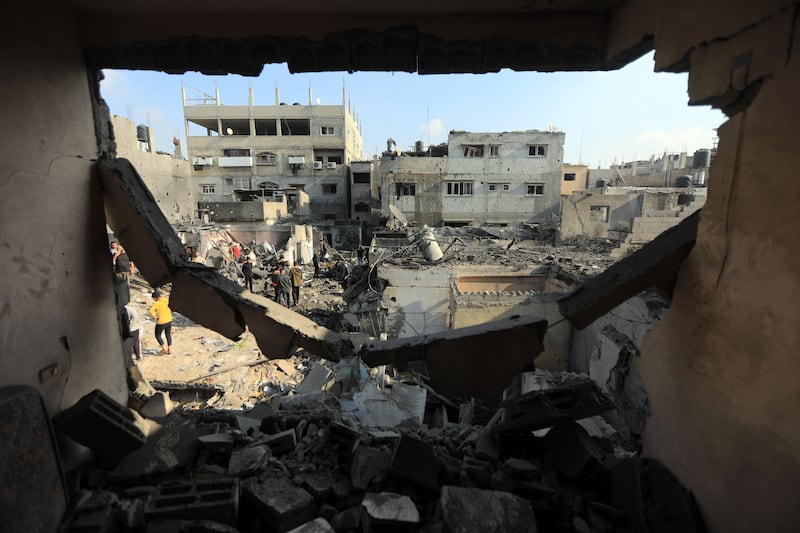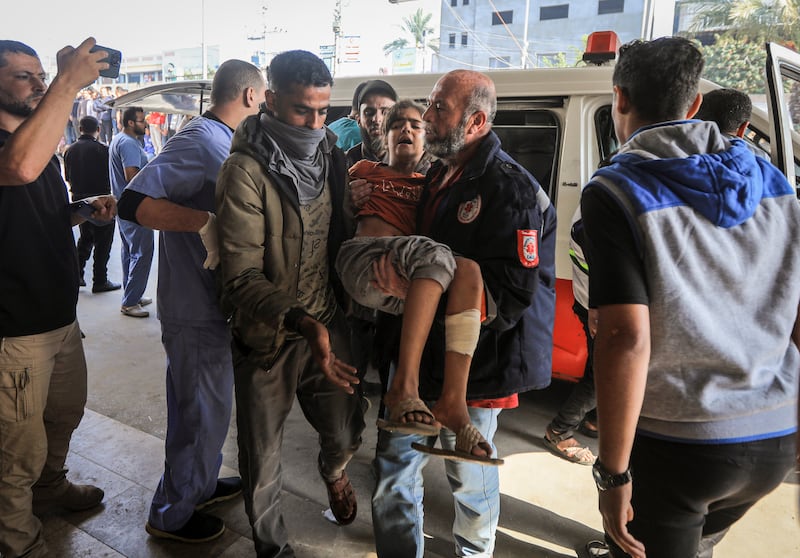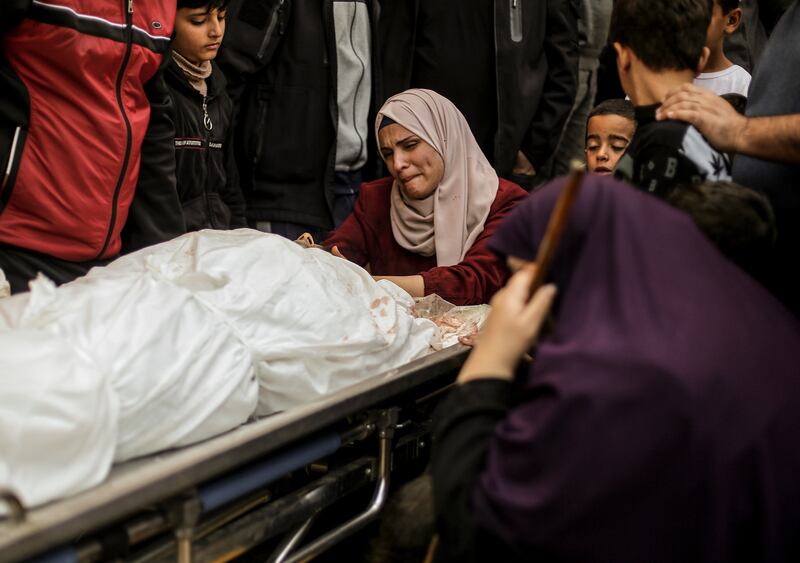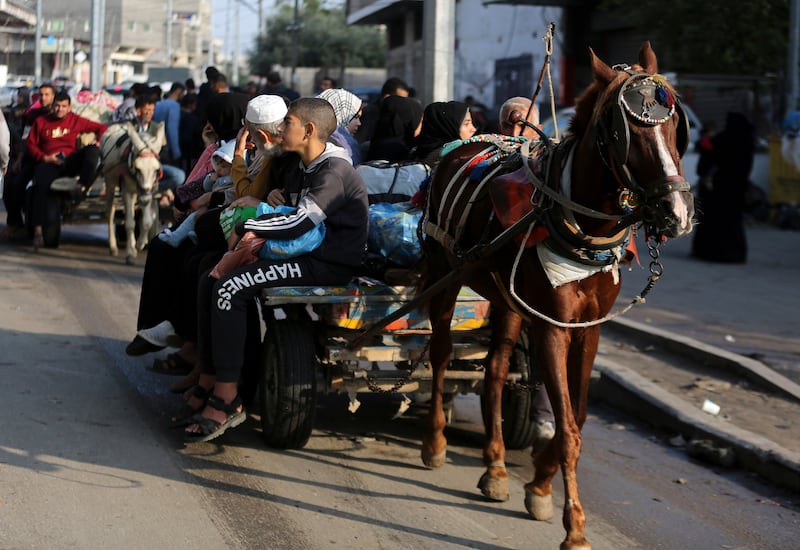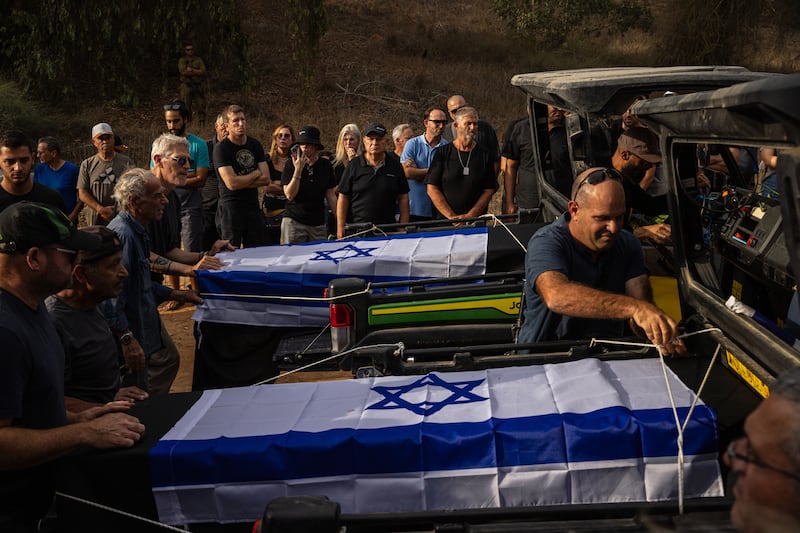Even before a temporary truce between Israel and Hamas expired early on Friday, prime minister Binyamin Netanyahu had pledged to fight “until the end”. By midday Israel had resumed that fight with air strikes across Gaza, including in the south where it had sent thousands of civilians fleeing.
Now, as the latest phase of Israel’s offensive is expected to target southern Gaza, Netanyahu faces a new set of pressures.
Israel believes Hamas’s top leadership is hiding in southern Gaza. The area is also where hundreds of thousands of Palestinians fleeing strikes in the north have taken refuge. And it is where most of the remaining hostages taken from Israel on October 7th are being held, according to a senior Israeli defence official.
The Biden administration in recent days has pushed Israel to carry out a more surgical campaign in this next phase of the war, limiting the number of civilian deaths and wholesale destruction of the northern campaign’s first weeks. A senior state department official said on Friday that Israel was growing increasingly receptive to the US’s entreaties to modify its war plans. As part of that shift Israel was considering restricting combat operations in specific areas of the Gaza Strip to protect civilians rather than attempt to move large numbers of people into a designated safe area.
READ MORE
But by Friday afternoon Israeli warplanes had struck Khan Younis, the largest city in southern Gaza, where hundreds of thousands of Palestinians have sought shelter in recent weeks.
At the heart of the discussions between US and Israeli officials about the southern campaign is the issue of displaced Palestinians. US officials say they want to avoid another significant displacement of civilians, many of whom have been without shelter and have had only limited access to food and water since the war began on October 7th.
Israeli officials said their intention was to evacuate Palestinians from areas in the south that the Israeli military expects to target, although there were conflicting signs about whether they were rethinking that approach.
During its four-week ground operation Israel destroyed some of Hamas’s military presence in the north but destroyed infrastructure and homes there and killed thousands of Palestinians. Israel says it has killed around 5,000 Hamas fighters.
A campaign in the south means that hundreds of thousands of people could be displaced again – some for the second time. On Friday flyers bearing the insignia of the Israeli military landed in Gaza saying Khan Younis was a “dangerous combat zone”.
Israel began an immense air and ground campaign against Gaza after Hamas, which controls most of the territory, crossed into southern Israel on October 7th, killing about 1,200 people, Israeli authorities say, and taking some 240 hostage. In the aftermath around 150,000 people were displaced from their homes in Israel.
The Biden administration, facing pressure from some supporters over its broad support for Israel’s actions, has recently appeared to moderate its tone, especially around the civilian death toll.
On Thursday secretary of state Antony Blinken met with Netanyahu and sought to shape the expected next phase of Israeli attacks on Hamas, hoping to limit civilian casualties, protect facilities such as hospitals and power plants, and ensure the flow of humanitarian aid into Gaza.
The United Nations says up to 1.8 million people in Gaza, or about 80 per cent of the population, have been displaced. More than 60,000 buildings have been damaged or destroyed, satellite analysis indicates. A senior UN official said that the latest estimates indicate that up to 60 per cent of buildings in the north have been destroyed.
Another senior US official, who spoke on the condition of anonymity to discuss sensitive deliberations, said discussions with Israel had been focused on creating so-called deconfliction areas, where Palestinians are largely already sheltered in the south. Such places, the person said, would be in areas where the United Nations has shelters or adjacent areas where Israel would agree not to conduct any air or ground operations and where the delivery of humanitarian aid would be unimpeded.
Israel had been focused on the idea of establishing a “humanitarian zone” in Al-Mawasi, a narrow strip of agricultural land near the Mediterranean coast in southern Gaza, but a senior state department official said Israel was backing away from that plan. But an Israeli defence official said there had been no decision to “cancel” the humanitarian zone in Al-Mawasi.
In a statement on Friday, Israel’s agency overseeing policy for the Palestinian territories, Cogat, said the Al-Mawasi zone was defined after “extensive discussions on the topic with various international bodies and aid organisations”, adding that such groups are “expected to provide humanitarian aid to the Palestinian population” that arrives there.
But the Israeli military also distributed to Palestinians a detailed map of the territory divided into scores of small districts. Knowing their district on a map, the military said, would allow Palestinians to stay put until they are told by the Israeli military to “evacuate from specific places for their safety,” once Israeli forces identify certain areas.
The first senior state department official cautioned that no location would be totally off-limits from Israeli military activity – for instance, if a senior Hamas commander were to be located there.
By the weekend there remained a seeming discrepancy between the US and Israeli positions over the Al-Mawasi zone. The mixed messages seemed only to confuse Palestinians, who are unsure where to go as Israel resumed its bombardment.
The idea of “safe zones”, as was envisioned for Al-Mawasi, in Gaza is opposed by the United Nations. Last month Unrwa, the UN agency that aids Palestinian refugees, wrote a letter to Israeli government officials rejecting Israel’s proposal of a safe zone in Al-Mawasi on the basis that any such a zone can protect civilians “only if all parties to the conflict agree on the establishment of such a zone and agree to preserve and respect its civilian character.”
“We believe that the proposed zone under the prevalent conditions will create unacceptable harm for civilians including large scale loss of life,” the letter read.
Philippe Lazzarini, the head of Unrwa reiterated that hospitals and schools – where many Palestinians are sheltering – are protected under international humanitarian law. Israel has accused Hamas of carrying out militant activities from hospitals and using civilians as human shields, charges that Hamas denies.
Dozens of schools and hospitals have been damaged in the fighting. Some 218 people sheltering in UN-run schools have been killed, secretary-general António Guterres said last Wednesday.
Before the temporary truce Israel urged Palestinians to flee to the south in “humanitarian corridors” to avoid getting caught in the crossfire. But it also bombed southern parts of Gaza.
“At the beginning of the war people had been asked to go from the north to the south because it was safe,” Lazzarini said in Jerusalem. The “reality is that people are also bombarded in the south”.
“So we have to be careful in not creating a false illusion of safety” he said. “I do not believe the answer is to ask: Please leave the existing place. Go somewhere else.”
The scale of Israel’s bombardment in northern Gaza appears in keeping with the strategy Israel deployed in previous rounds of fighting against Hamas, as well as with Hizbullah, the Lebanese militant group.
In its campaign against Hamas, Israel has relied heavily on air bombardments, with very large weapons, including 2,000-pound bombs that can flatten buildings.
Israel says it takes precautions to limit civilian casualties in a battle against what it calls a terrorist enemy, and casts the deaths of civilians in Gaza as a regrettable but unavoidable part of war.
Stephen Biddle, a professor at Columbia University, said any fight would involve difficult trade-offs. Israel’s stated goal of eradicating Hamas will inevitably mean civilian deaths.
“It’s impossible for them to do what they’ve announced as their war aim and not kill civilians in more than trivial quantities,” Biddle said. “But there’s a big difference in how many civilians they kill as a function of how they behave.” – This article originally appeared in The New York Times
